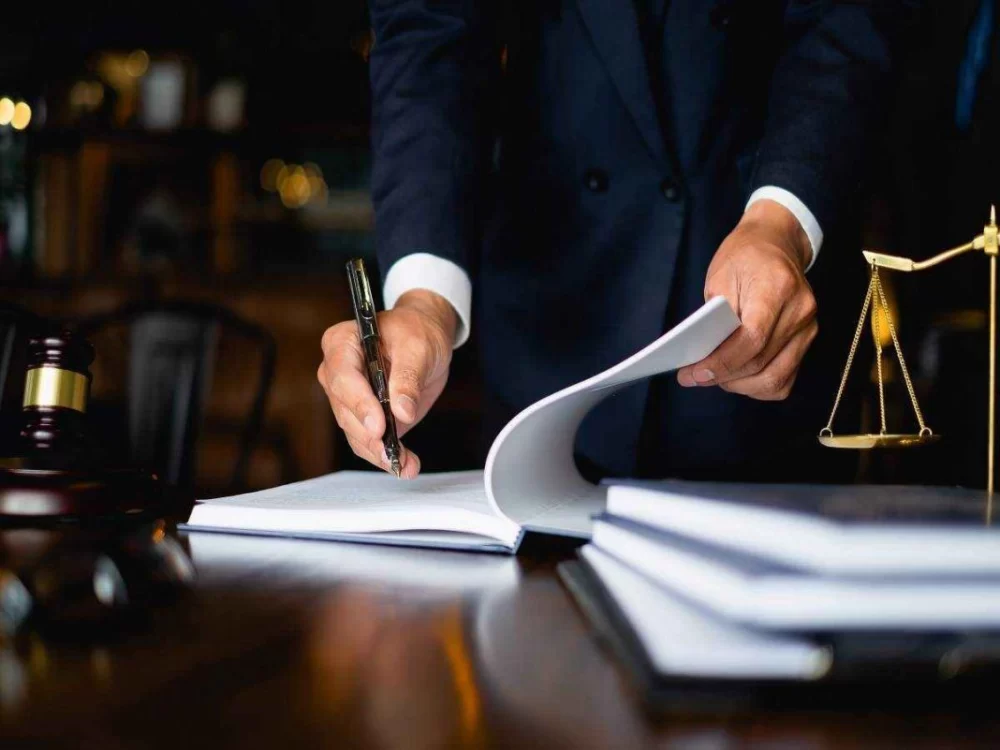
- 1-creditor-committee-overview-roles-and-responsibilities
- 2-formation-and-importance-of-creditor-committees
- 3-key-duties-and-functions-of-creditor-committees
- 4-legal-authority-and-decision-making-power
- 5-challenges-creditor-committees-face-in-bankruptcy
- 6-how-esplawyers-support-creditor-committees
1. Creditor Committee Overview: Roles and Responsibilities
A creditor's committee is a vital component in bankruptcy cases, representing the interests of unsecured creditors. Their primary role is to act as a collective voice, negotiating with debtors and influencing the bankruptcy process to maximize recoveries. Understanding creditor's committee roles and responsibilities helps stakeholders navigate complex financial restructurings more effectively.
Committee members typically include the largest unsecured creditors and their appointed representatives. Their responsibilities encompass reviewing the debtor's financial condition, evaluating reorganization plans, and making recommendations to the court. This ensures transparency and fairness throughout the proceedings.
2. Formation and Importance of Creditor Committees
Creditors committees are usually formed shortly after a bankruptcy petition is filed, under the oversight of the United States Trustee. Their formation is crucial as it consolidates creditor interests, enabling a more organized and effective negotiation platform. Without such committees, individual creditors may struggle to assert their claims or influence case outcomes.
The committee’s involvement often accelerates the bankruptcy process by fostering dialogue between debtors and creditors. This collaboration can lead to consensual plans that benefit all parties, minimizing costly litigation and delays.
3. Key Duties and Functions of Creditor Committees
Creditor committees perform several key functions, including reviewing the debtor’s financial disclosures, investigating potential causes of bankruptcy, and identifying assets recoverable for creditors. They actively participate in formulating or approving reorganization plans, ensuring proposed terms are equitable.
Additionally, creditor committees may retain professionals such as legal counsel or financial advisors to assist with complex matters. They also communicate regularly with unsecured creditors, providing updates and gathering input to guide decision-making processes.
4. Legal Authority and Decision-Making Power
While creditor committees do not hold absolute decision-making authority, their recommendations carry significant weight with bankruptcy courts. Courts often rely on committee input to assess the fairness of reorganization plans and other motions. This influence empowers creditors to shape case outcomes proactively.
Committees can also negotiate settlements and vote on key issues, but ultimate approval rests with the court. Their legal authority is defined by bankruptcy statutes and case law, emphasizing their advisory and representative role.
5. Challenges Creditor Committees Face in Bankruptcy
Creditors committees often confront challenges such as conflicting interests among members, limited resources, and complex debtor operations. Balancing diverse creditor priorities requires diplomacy and strategic planning. Additionally, committee members must stay informed about evolving bankruptcy law and financial developments.
Cases involving extensive litigation or fraudulent transfers can further complicate committee roles. Overcoming these obstacles necessitates experienced legal counsel and robust communication strategies.
6. How ESPLawyers Support Creditor Committees
ESPLawyers specialize in providing comprehensive legal guidance to creditor committees, helping them fulfill their roles efficiently. From case evaluation and strategy development to courtroom representation, ESPLawyers ensure creditor interests are protected at every stage.
The firm’s expertise in bankruptcy law, negotiations, and creditor rights makes it a valuable partner for committees navigating complex cases. With professional support, committees can better manage responsibilities and optimize outcomes.








